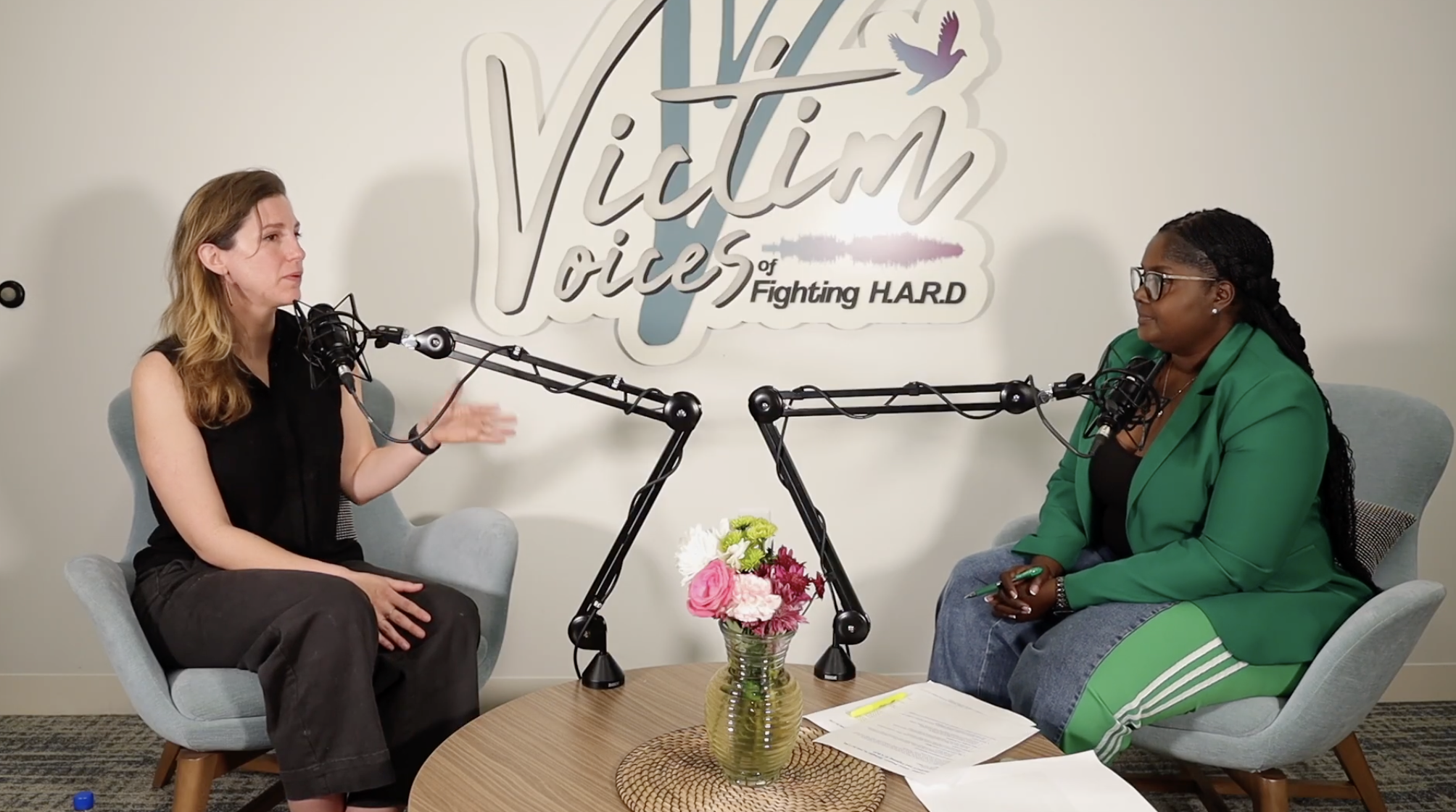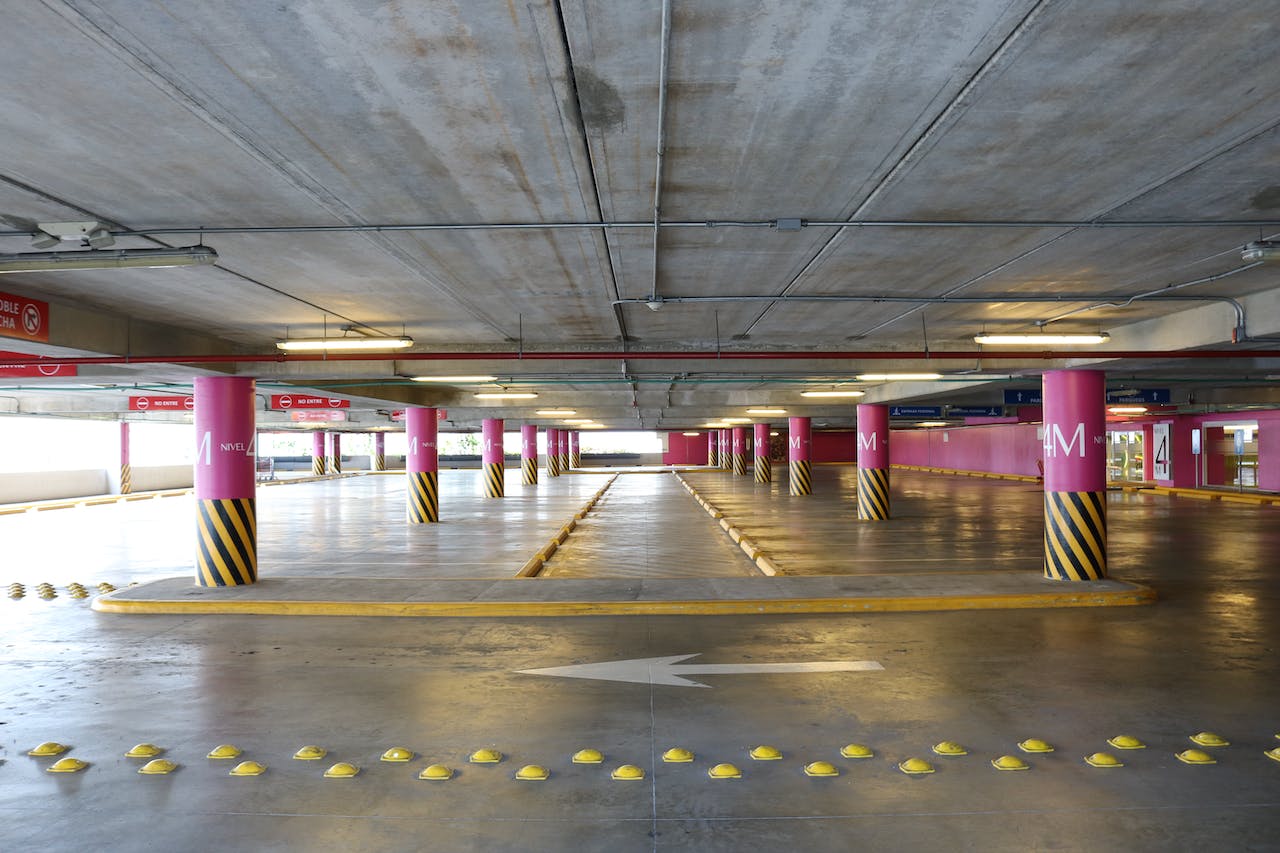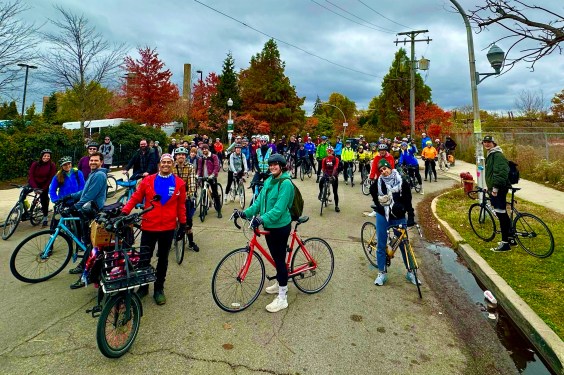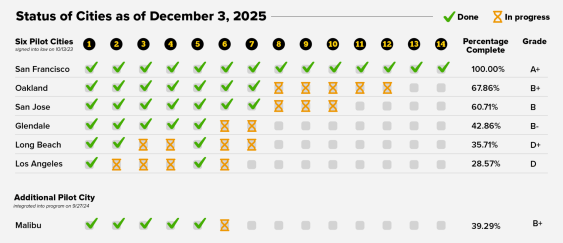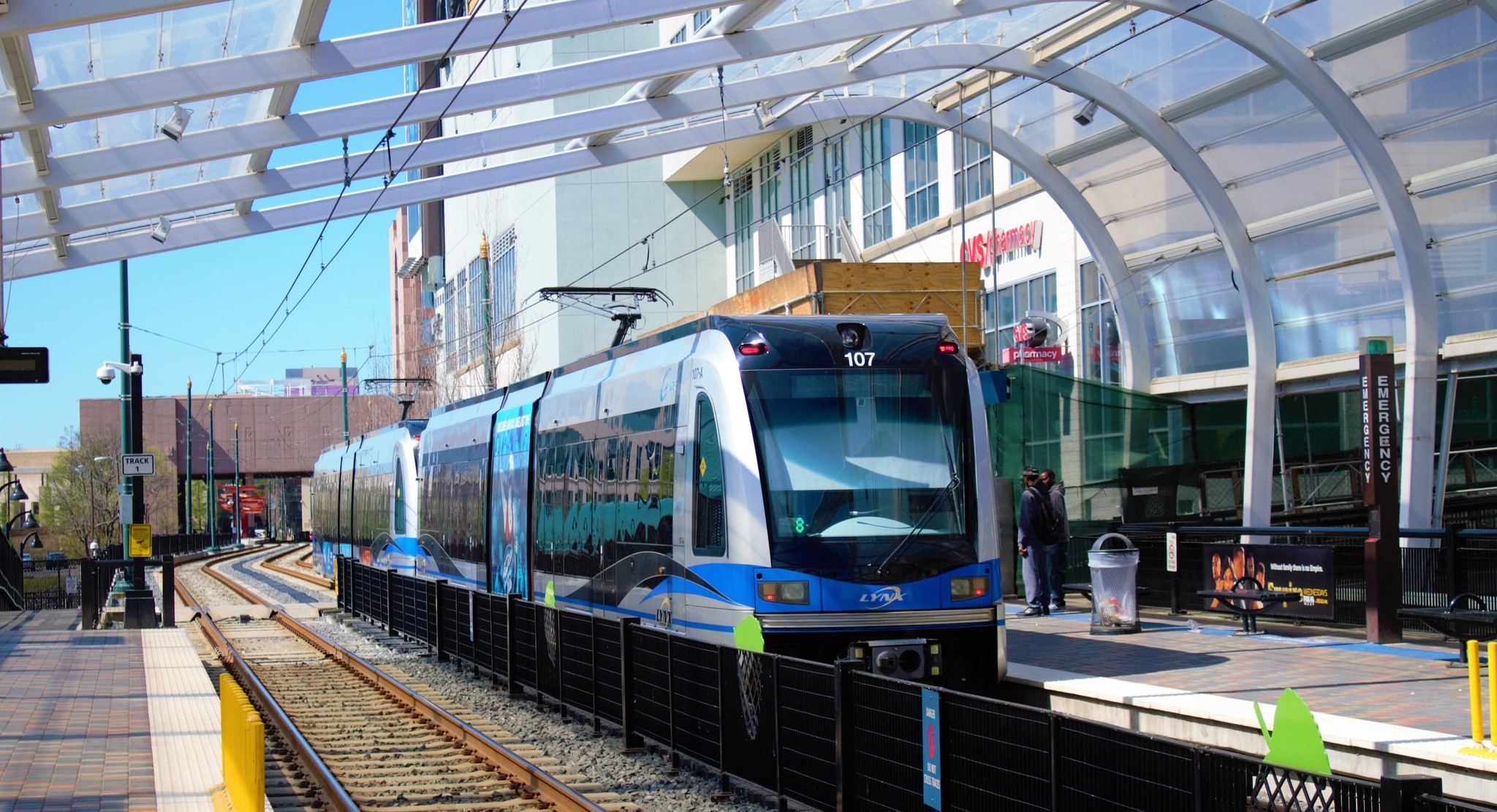
The Staten Island Advance ran an article last Thursday about a "perfect storm" of crushing Staten Island-bound traffic on the Gowanus Expressway and the Verrazano-Narrows Bridge. To give you a sense of the frustrated tone of the article, it was entitled "21-Month Nightmare: Agency Offers Zero Solutions for Verrazano Lane Mess." Here's how it began:
STATEN ISLAND, N.Y. -- A best man missed his nephew's wedding rehearsal.
A truck driver was forced to pull over and cool his heels.
Countless commuters rued that extra cup of Joe before leaving work.
And then there was the pizza delivery to a group of exasperated bus riders left stewing in the parking lot that was the Gowanus Expressway last Friday afternoon.
Experts say there's no way to fully manage the crush of rush-hour traffic expected to continue for the next 21 months while lanes are closed on the Verrazano-Narrows Bridge.
Island commuters don't care what the experts have to say.
Their bottom line: Fix this mess.
Otherwise, it will be a long, hot summer.
"I could have gone to Florida in as long as it took me to get home," fumed Grasmere's Marlee Tanenbaum, who was stuck for two and a half hours aboard an X2 express bus Friday evening. "It is so insane that it's unbelievable. I am outraged!"
If this isn't the perfect argument for why we need congestion pricing, I don't know what is. The fact that so many people are crushing onto the bridge shows that it is too cheap to travel over it. The toll is $9 (charged toward Staten Island, the direction of this jam), but that obviously is not enough to prevent this kind of traffic. Motorists want travel to be cheap and fast, but one who demands cheap travel can't turn around and complain about how slow it is.
Instead of using rational pricing to solve the problem, officials are horsing around with palliatives aimed at making it easier to drive, which of course will encourage more traffic. A Verrazano traffic working group made up of elected and agency officials managed to avoid the issue of pricing or tolls, but did come up with some ideas to speed up traffic without inconveniencing anyone. (It's magic!) Specifically: "An increased police presence, and the dispatch of traffic agents at certain Brooklyn intersections near the bridge, to help keep traffic moving smoothly, without backing up local neighborhood streets."
Prediction: None of these things are going to achieve the hoped-for increase in traffic speed. But congestion pricing -- with funds directed towards more and better mass transit -- should solve it just about instantly.
In fairness, more sensible proposals came from Councilman Vincent Ignizio, who suggested speeding up implementation of a fast ferry to the island's South Shore and fast-tracking the planned extension of the Staten Island Expressway's bus-only lane. More to the point, however, motorists' expectations need to be managed better. They need to be told that their commute can be more expensive, it can be done in a bus or a ferry, or they can remain stuck in traffic on the Verrazano. There are no other options.
Clearly, the bridge's $9 toll should be raised, if it's not doing the job. The Staten Island Ferry is already free, so maybe pay people 25 cents to ride it. I'm not even kidding. Better yet, impose congestion pricing in Manhattan, and fewer people will drive to Manhattan, leaving fewer people to be stuck fuming on the Gowanus.
